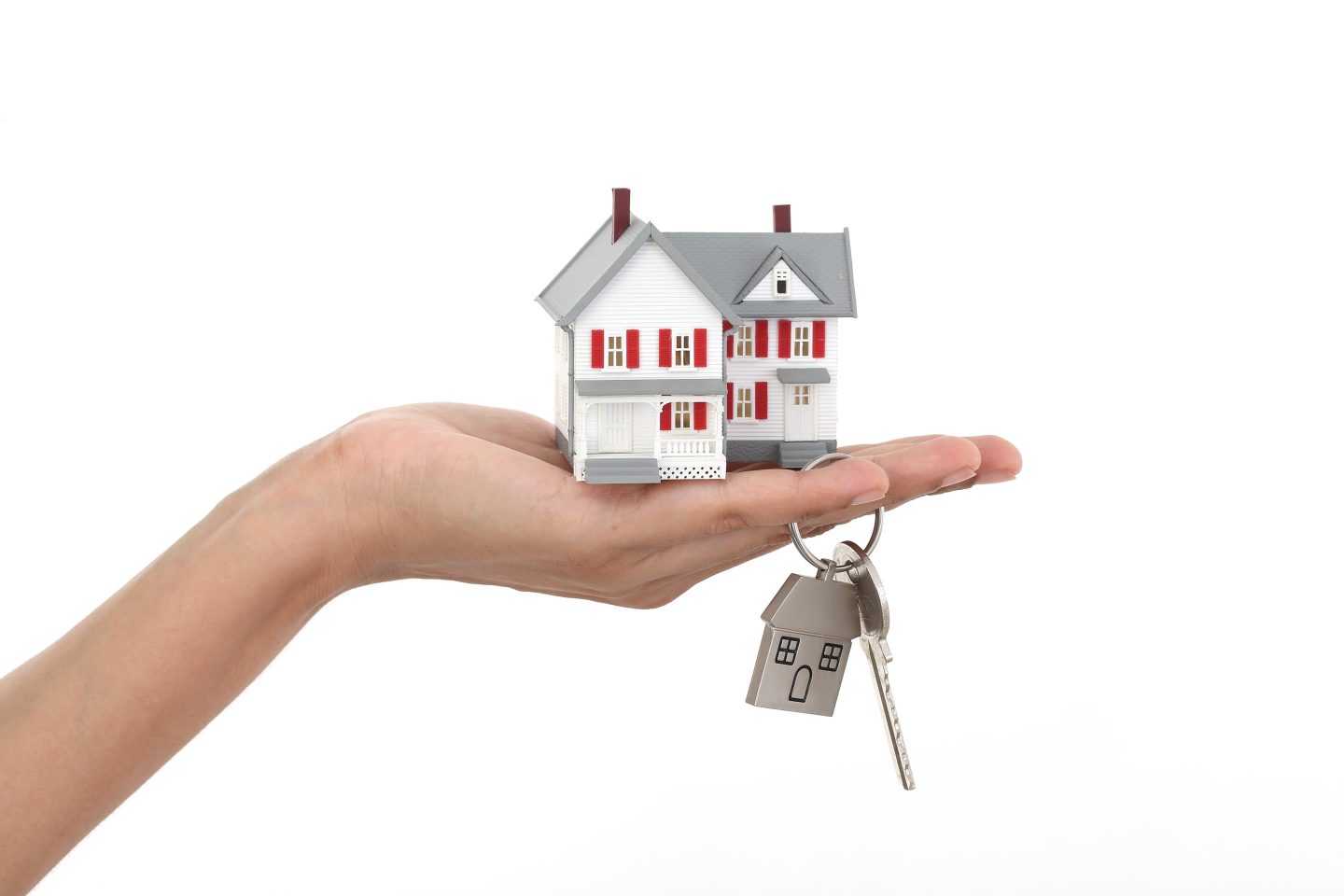The McMansion isn’t dead yet, but homes are shrinking. Last year the median new-home size fell to its lowest point in more than a decade, census data shows. The median single-family home size dropped roughly 4% between 2022 and 2023; it hasn’t been that small since 2010.
Maybe it’s the starter home that’s dead. Almost a year ago, Ali Wolf, chief economist at the housing-market data company Zonda, told me the $300,000 starter home was going extinct. The share of new-home projects under $300,000 was declining all across the country. We’ve got to go back a few years to understand why that is.
The pandemic fueled a housing boom. People were working from home and wanted more space, and they could move wherever they wanted. Historically low mortgage rates helped, too. Home prices skyrocketed in light of demand, and not too long after, mortgage rates reached a more than two-decade high as a result of surrounding economic conditions (which sent the cost of building and land values up, too). That’s all to say, housing affordability has deteriorated—so homebuilders are building smaller homes.
Builders can’t change the cost of land, or the cost to build, or how much home prices have gone up, but they can change home sizes. But it’s not really bringing back the $300,000 starter home. Wolf’s team has even changed their definition of entry-level to under $400,000.
That’s where shrinkflation comes in: Homes are shrinking, but prices aren’t really coming down. To be clear, the median sales price for new houses has fallen slightly over the past two years—at its peak in October 2022, it was $496,800, and as of January, it was $420,700—but there’s likely many factors at play, and smaller homes could be just one of them. Not to mention, new-home prices rose for roughly four years beginning in 2018, when home sizes started shrinking over a five-year period, per Zonda data. And from December of last year to January, the median sales price for new homes actually went up, from $413,000 to $420,700—perhaps a signal the downward trend in pricing over the past two years was temporary.
In May of last year, Fortune reported that builders had no choice but to build smaller homes because of how unaffordable housing had become. “There’s really this active response by the builders to address these affordability concerns head-on, and one of the main kind of levers that they’re pulling is reducing home square footage,” Matt Saunders, senior vice president of building products research at John Burns Research and Consulting, told Fortune at the time.
However, Saunders’s research, based on an annual survey of architects, found it wasn’t a uniform reduction but rather a tradeoff within the home. Kitchens and ground-floor outdoor space, or backyards, were deemed more important than secondary bedrooms, or guest rooms. Saunders explained it was a trend that predated the pandemic, but accelerated with it—and would continue as time went on given that almost half of the survey’s respondents anticipated that new homes would be even smaller in square footage the next year. His team forecast that the average square footage for new single-family homes would decline by roughly 3% last year, and 2% this year.
More than three months later, Fortune reported builders were yet again solving for affordability constraints by building smaller homes. Zonda’s Wolf told Fortune that between August 2018 and August 2023, new homes across the country fell from 2,681 square feet to 2,420 square feet—a 10% reduction in five years.
“Builders have become increasingly aware of how bad affordability challenges are today and that they need to do something to continue to be successful,” she said. “And in this case, they’re trying to lower the overall home size to help lower the overall home price.”
A Livabl by Zonda survey found the number one answer builders gave in response to whether they were changing their product to lower costs and sales price, was yes, with smaller homes. Not unlike Saunders, Wolf mentioned her team viewed it as “right-sizing,” in that builders were looking for dead space to cut. And again, this was a pre-pandemic trend, although during the pandemic, there was a period of time when builders built slightly larger homes since that’s what people wanted.
“We were already starting to have a decline in overall home size going into the pandemic, and so this is really picking up where we left off,” Wolf said. “And that’s because even before the pandemic, we were concerned about affordability, and that’s still builders’ focus today.”












